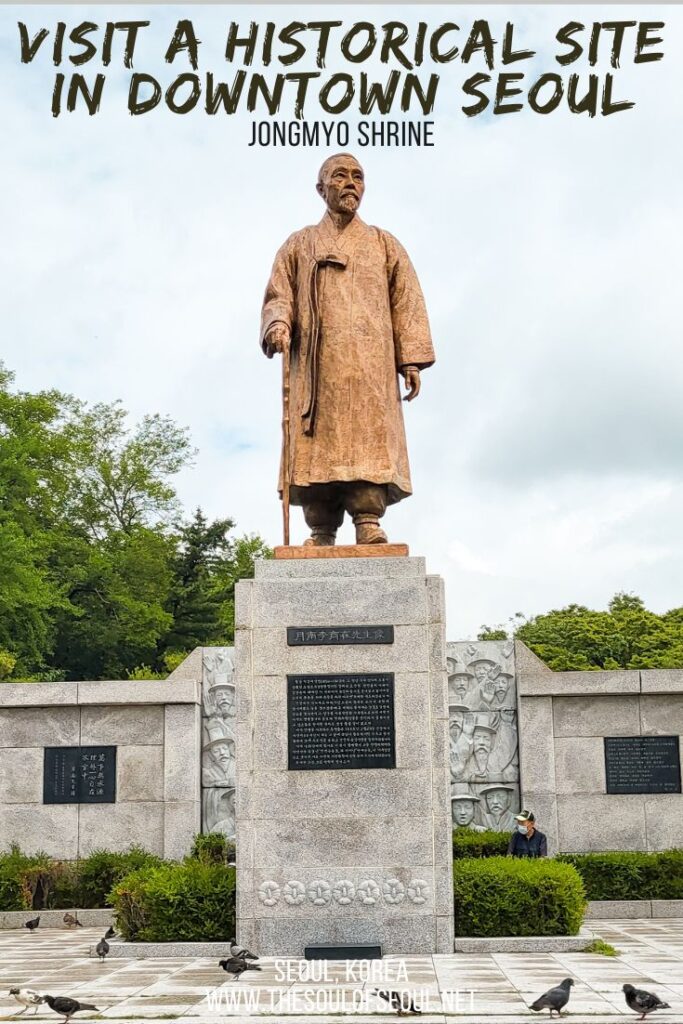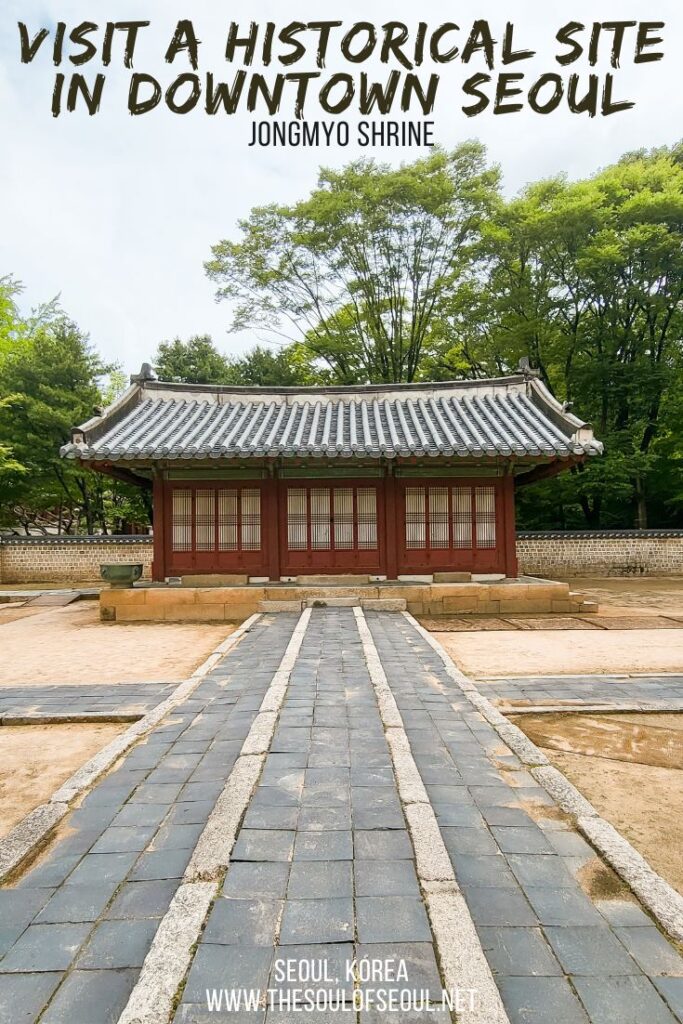Jongmyo Shrine: A Beautiful Historical Site in Downtown Seoul
Built in the 14th Century, Jongmyo Shrine (종묘) is the oldest Confucian royal shrine in Korea. Located right in downtown Seoul, you may have walked by this important site and not realized what is behind the walls that protect the grounds. If you’re visiting Seoul or traveling to Korea, this is a beautiful area to take a walk in downtown Seoul where the streets can be bustling. Learn about Korean history and culture and maybe get to see a royal rite.
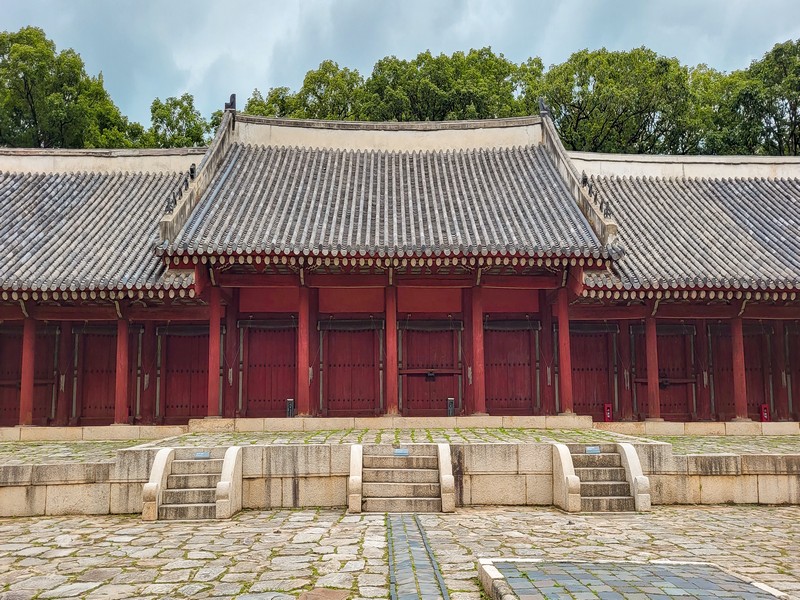
List of Contents: Plan a trip to Jongmyo Shrine!
- How To Get There
- Basic Info
- History Of Jongmyo Shrine
- Tours
- What To See
- Events To See
- What To See Nearby
(This post contains affiliate links, which means I receive a certain percentage of a sale if you purchase after clicking at no cost to you. Thank you for your support.)
How To Get There
Address: 157 Jong-ro, Jongno-gu, Seoul (서울 종로구 종로 157)
By Public Transportation: Take lines 1, 3, or 5 to Jongno 3-ga, take exit 11 out from the station, and the shrine is a short walk from there.
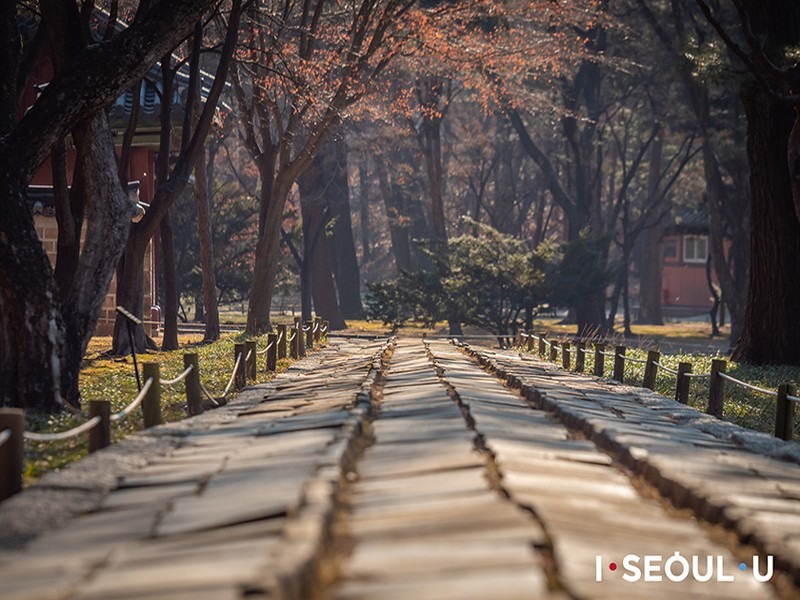
Basic Info
Days: Open every day but Tuesdays
On weekdays, you can only enter as part of a tour
On weekends, you can either take a tour or walk around on your own
Hours: Vary by Season
- February – May: 9:00am ~ 6:00pm
- June – August: 9:00am ~ 6:30pm
- September – October: 9:00am ~ 6:00pm
- November – January: 9:00am ~ 5:30pm
Admission: Adults: W1000; Children above 7: W500; Elderly and children under 7: Free with a valid ID; Free admission on Culture Day (The last Wednesday of every month)
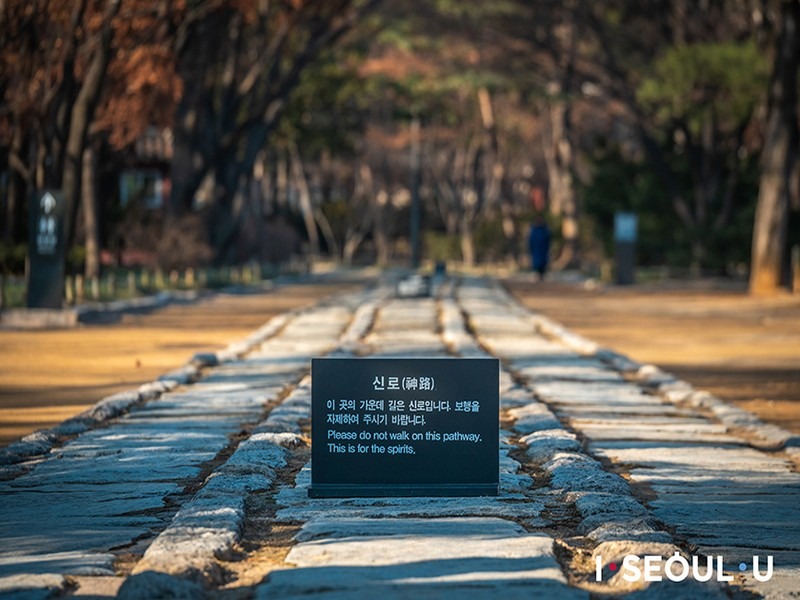
History of Jongmyo Shrine
Jongmyo Shrine was originally built in 1395 on order by the first king of the Joseon Dynasty, King Taejo. It was built alongside Gyeongbokgung Palace, the largest palace in Korea. The purpose of Jongmyo Shrine, like all Confucian shrines, is to preserve the spirits of ancestors. After a king or queen died, three years of mourning would follow, and then their spirit would be enshrined in a tablet. These tablets were kept in one of two halls depending on the virtue of the King that had passed.
During the 1592 Japanese invasion, the shrine was destroyed but was rebuilt in 1608. Jongmyo was expanded twice in order to enshrine the increasing number of ancestors but even with the restorations, expansions, and reconstructions, there has been much respect given to the materials and techniques from the past. Today, all of the original tablets still exist, with 83 total in the whole shrine.
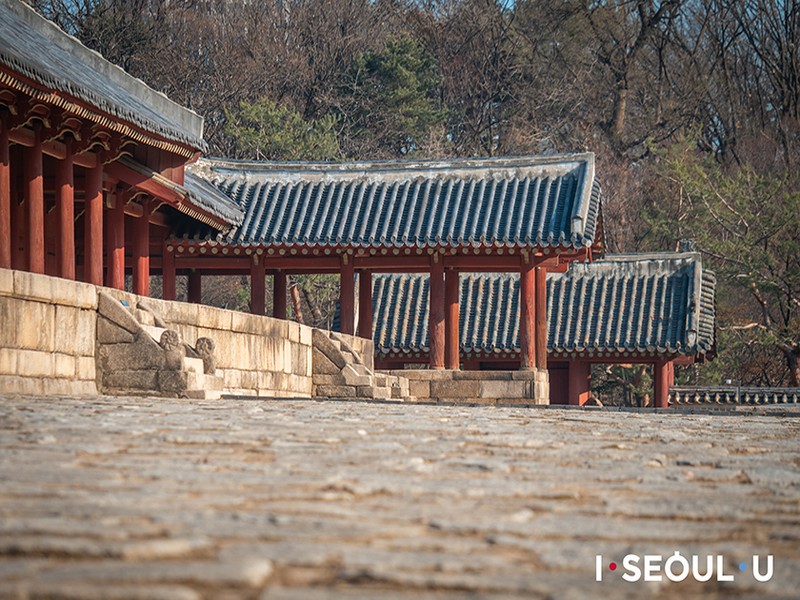
Tours
To visit Jongmyo Shrine, you are required to be on a tour if you visit on a weekday. However, if you visit on a weekend, national holiday, or on Culture Day (the last Wednesday of every month), you can enter the shrine without a tour and just walk around on your own. The tours are highly recommended if you want to really understand how a site like Jongmyo Shrine was used in the past.
They have tours in Korean, English, Japanese, and Chinese every day except Saturdays and national holidays. On Saturdays and national holidays, there are tours in Korean only.
Tour Times
On Weekdays:
Korean: 9:20am, 10:20am, 11:20am, 12:20pm, 1:20pm, 2:20pm, 3:20pm, 4:20pm (this last one changes to 4:40pm during May-Sep)
English: 10:00am, 12:00pm, 2:00pm, 4:00pm
Japanese: 9:40am, 11:40am, 1:40pm, 3:40pm
Chinese: 11:00am, 3:00pm
On Weekends and National Holidays:
Korean: 10:00am, 11:00am, 1:00pm, 2:00pm, 3:00pm
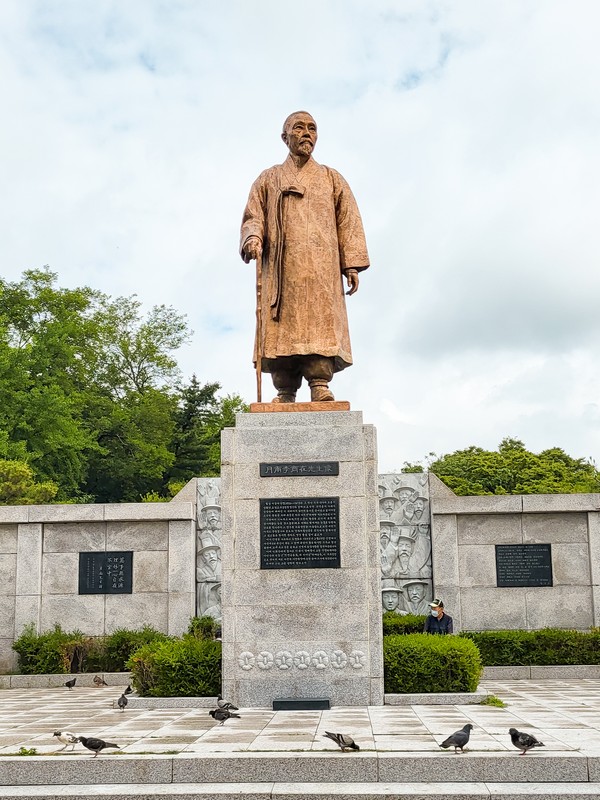
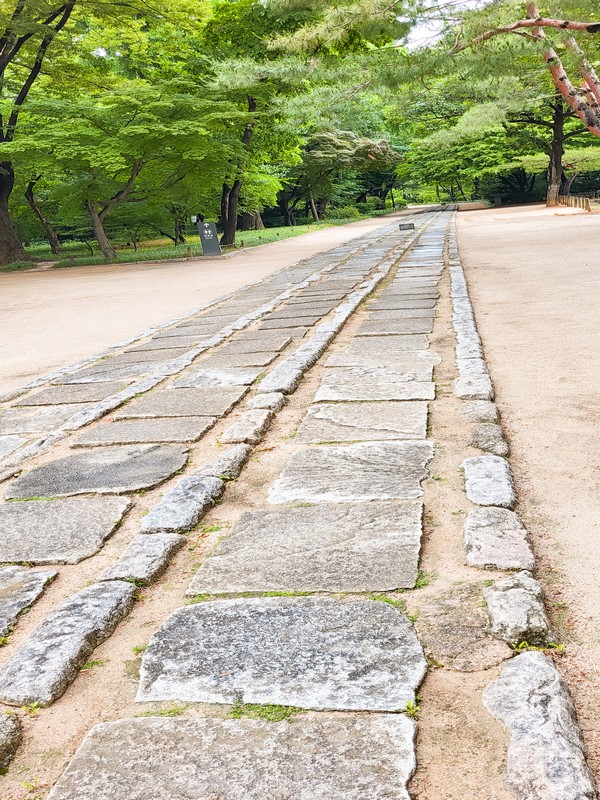
What To See
The purpose of shrines in Confucianism is to show respect and honor family members that have passed on, with honoring ancestors being just as important as honoring elders that are still alive. By going to this shrine, you can see how ancestral rites were performed and how that process has evolved in the modern day and you can learn about the royals of the past.
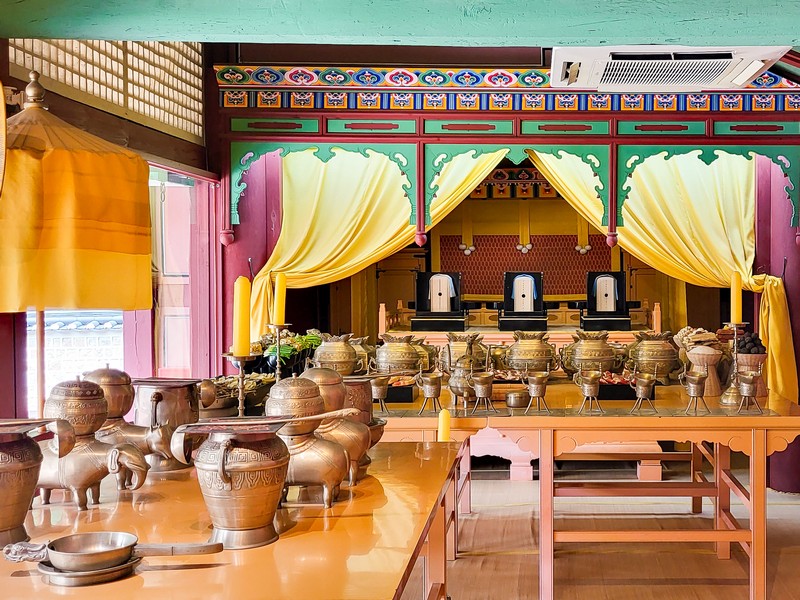
Hyangdaecheong (종묘 향대청)
The first building you see on the tour is Hyangdaecheong. This building’s original purpose was to store materials for rituals. Now, a replica of a spirit preservation room is kept here. In the main room, there are model food offerings and three spirit tablets. The tablets are placed in order of importance, with the King’s being placed on the westmost side of the table, and then two queens on the east side. The guide explained that there are two queens in this room because the first queen passed away and the king took another wife.
These rooms would be where the ancestral rites occurred, with food, candles and incense to serve as offerings to appease the spirits.
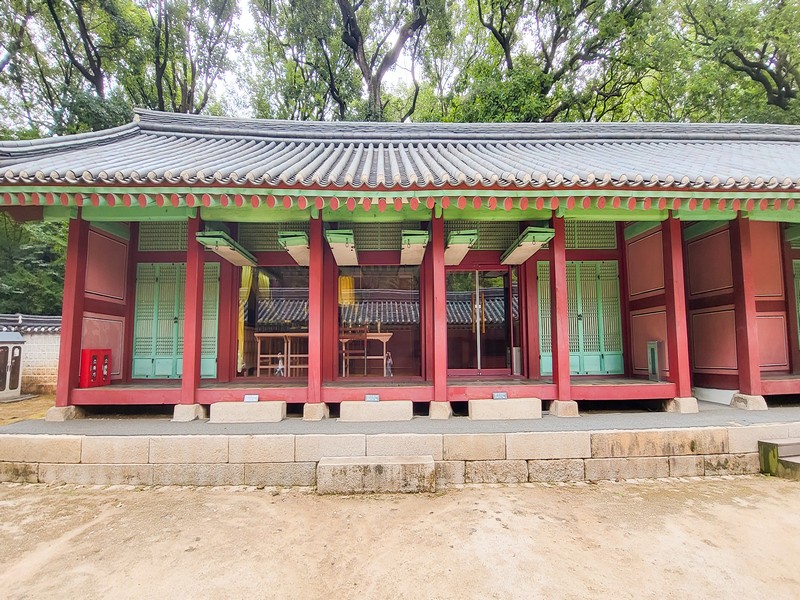
Jaegung (재궁)
Jaegung is the place where the royal family would prepare for rituals by purifying their minds, bodies, and souls. There are three buildings in the area. The main building, Eojaesil (어자실), is where the King prepared for rituals. The building on the right is Sejajaesil (세자재실), where the crown prince stayed and prepared for rituals. The building on the left is Eomokyokcheong (어목욕청), and it was a bathhouse for both the king and the prince.
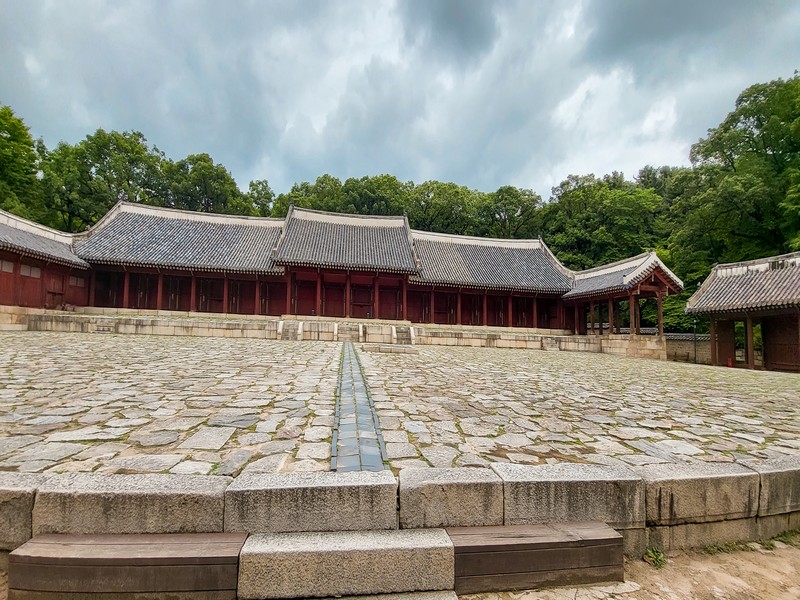
Jeongjeon Hall (정전)
Jeongjeon, the main hall of the shrine, is the biggest part, and also the most important. This building is also said to be the longest wooden structure in the world. There are 19 preservation rooms in this hall, and inside are 19 kings and 30 queens from the Joseon Dynasty. The kings’ spirit tablets preserved here were decided to be ones that were most important to the dynasty, or ones that had a particularly long reign. Some of the kings preserved here are:
- King Taejo: The first king of Joseon and the person who established Jongmyo Shrine and Gyeongbokgung Palace.
- King Sejong: The fourth king of Joseon and most famously, the creator of the Korean language.
- King Yeongjo: 21st king of Joseon who is best known for killing his son by locking him in a rice box for 8 days.
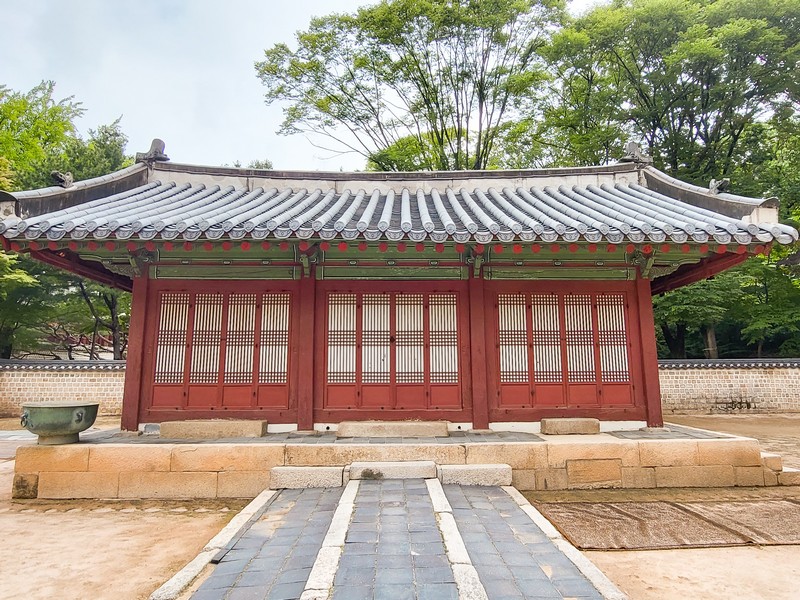
Yeongnyeongjeon Hall (엉녕전)
Yeongnyeongjeon Hall is a smaller version of Jeongjeon. Here, the preservation rooms keep spirit tablets of kings who either had quite short reigns or who were given the title of king posthumously. For example, the creator of the shrine, King Taejo, bestowed four generations of his ancestors with this title, so they were given preservation rooms in this hall. In fact, the family members of King Taejo occupy the four middlemost rooms of the hall. In total, this hall has 16 kings and 18 queens.
Events To See
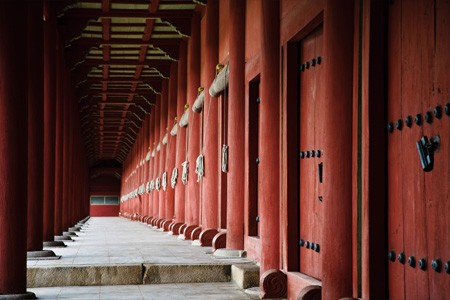
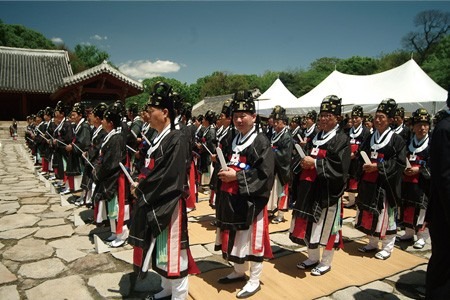
Jongmyo Jerye (종묘제례)
This is a wonderful opportunity to see a traditional ancestral rite carried out with ritual music and dance performances. The ceremony and rituals have been meticulously recorded so these are very close to what you would have originally seen centuries ago. The Royal Ancestral Rite of Jongmyo with the music has been designated an Important Intangible Cultural Heritage.
The Royal Ancestral Memorial Rite, referred to in Korean as Jongmyo Jerye or Jongmyo Daeje, is a ceremony that allows Koreans to honor their ancestors and enforces the Confucian value of remaining connected to elders even after their death. Traditionally, it was held four times a year at the beginning of each season. Now, it is performed by descendants of the royal family, but it’s held twice a year on the first Sunday in May and the first Saturday in November.
What To See Nearby


Gwangjang Market (광장시장)
This traditional market in downtown Seoul is the perfect place to get a bite to eat before or after you visit Jongmyo Shrine. Though Gwangjang Market was established as a fabrics market, it’s most popular with visitors for the delicious food that you can find inside. Want to know what to eat? Check out this guide to the food inside of Gwangjang Market and don’t miss the vendor featured on Netflix while you’re there too!
- Address: 88 Changgyeonggung-ro, Jongno-gu, Seoul, South Korea (서울 종로구 창경궁로 88)
- Hours: Every Day 9:00am ~ 6:00pm
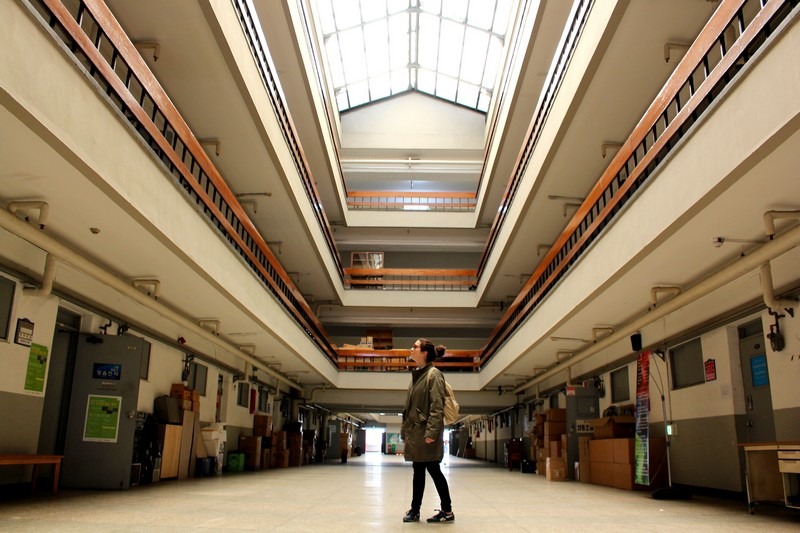
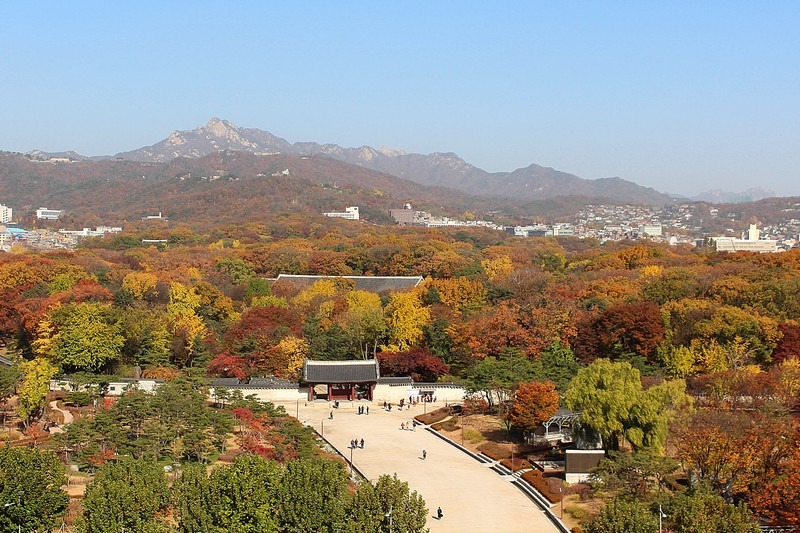
Sewoon Sangga (세운상가)
Just across the street from Jongmyo Shrine, you’ll find Sewoon Sangga. This building used to house just electronics vendors but was redeveloped some years ago to also house creative spaces for young creators and older electronic vendors to collide. For visitors, there’s also a great rooftop space where you can get a beautiful view of Jongmyo Shrine from above. Don’t miss the views from this little-known rooftop in downtown Seoul.
- Address: 159 Cheonggyecheon-ro, Jongno-gu, Seoul, South Korea (서울 종로구 청계천로 159)
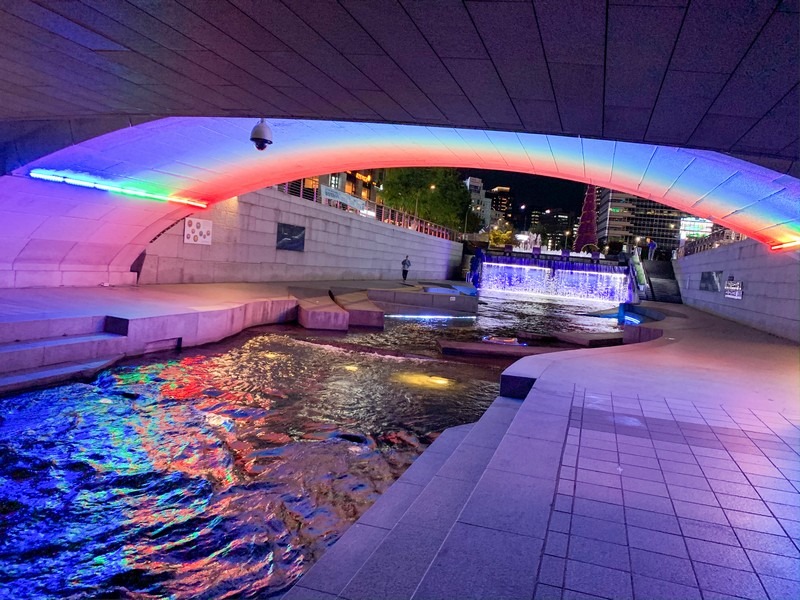
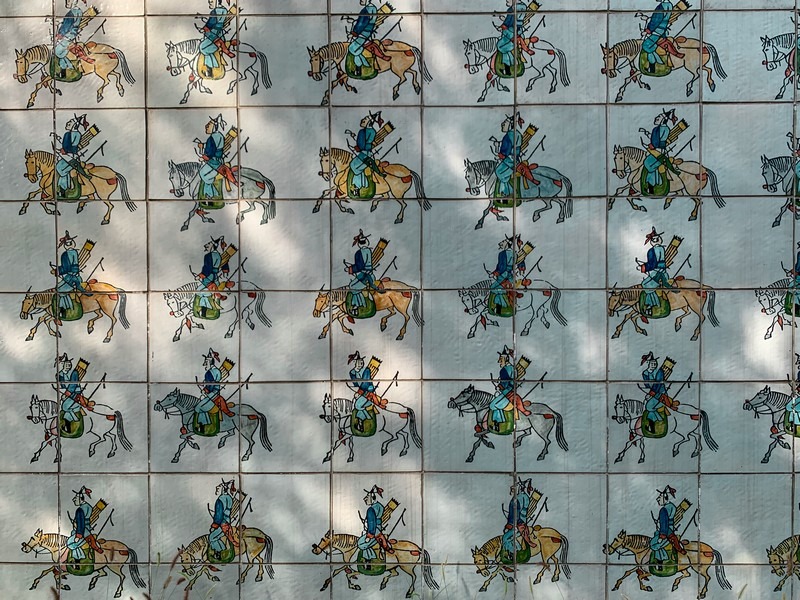
Cheonggyecheon Stream (청계천)
After eating at Gwangjang Market or at one of the hip cafes in Sewoon Sangga, go out the southern side of the building and you’ll be right on the iconic Cheonggyecheon Stream. Take a walk and see what’s going on. There are often lantern festivals, artistic installations, and other events happening along the water’s edge. Considering walking the entire length of the Cheonggyecheon Stream sometime? Check out this guide to the Cheonggyecheon Stream from beginning to end.
Did you like this post? Pin IT!
